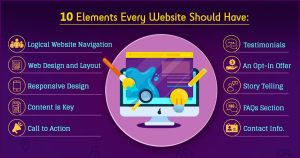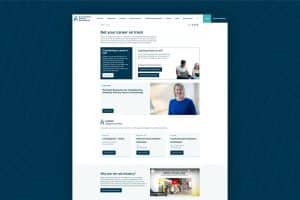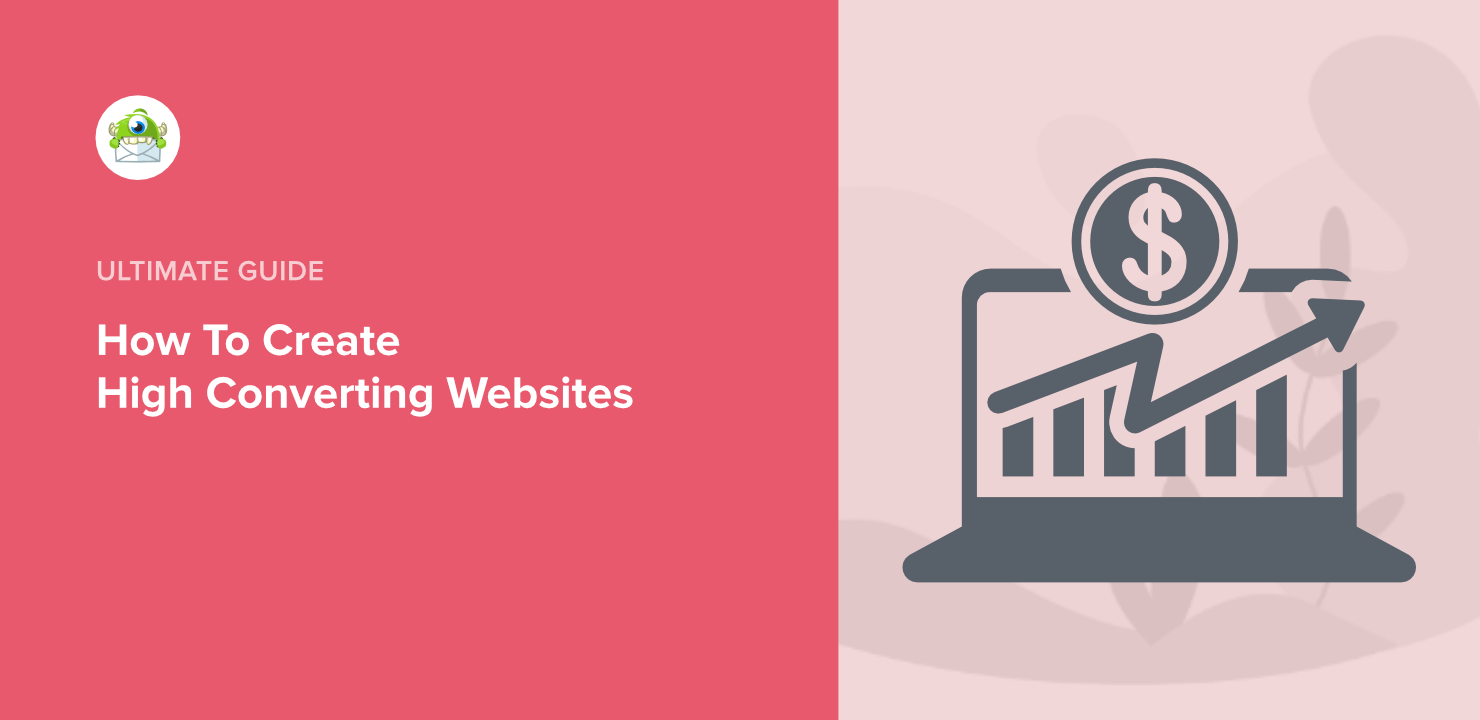The Anatomy of a Well-Built Website: Key Pages You Can’t Skip
When it comes to building a website, design often steals the spotlight — the colors, the fonts, the visuals. But here’s the truth: what really makes a website successful isn’t just how it looks, but what it says and how it guides your visitors. Behind every beautiful, high-performing website lies a smart structure — a foundation made up of key pages that serve a purpose, tell your story, and drive action.
Whether you’re creating your first business site or giving an old one a fresh start, understanding the anatomy of a well-built website is essential. In this guide, we’ll walk you through the core website pages you can’t skip, why each one matters, and how to make them shine for both users and search engines.
Why Website Structure Matters
Think of your website as your digital storefront. Each page should serve a specific function — welcoming visitors, educating them, building trust, and encouraging them to take the next step. Without a thoughtful structure, even the best design can leave visitors lost or confused.
A well-built website:
-
Makes it easy for users to find what they need
-
Builds credibility and trust
-
Improves your visibility in search engines
-
Converts casual browsers into loyal customers
Now, let’s break down the essential pages your website needs and what makes each one effective.
Step-by-Step Guide: The Key Pages You Can’t Skip
1. The Homepage — Your Digital Welcome Mat
Your homepage is often the first impression your visitors get. In just a few seconds, it needs to tell them who you are, what you do, and why they should stay.
What to include:
-
A clear headline that describes your business or value proposition
-
A short paragraph or tagline explaining what makes you unique
-
Eye-catching visuals that reflect your brand personality
-
Easy navigation to guide users deeper into your site
-
A strong call to action (CTA) — like “Get a Quote,” “Shop Now,” or “Learn More”
Pro Tip: Keep your homepage uncluttered. Focus on guiding users toward the next step rather than overwhelming them with too much information.
2. The About Page — Building Trust and Connection
Your About page isn’t just about you — it’s about helping visitors understand why your story matters to them. This page builds trust and gives your brand a human touch.
What to include:
-
A short version of your story — how and why your business began
-
Your mission, values, or what drives your work
-
Photos of you or your team (real people = real trust)
-
Any credibility builders like awards, certifications, or media features
Pro Tip: End your About page with a CTA — like “Meet the Team,” “Schedule a Consultation,” or “Explore Our Services.” It keeps visitors engaged and moving through your site.
3. The Services or Products Page — Showcasing What You Offer
Whether you sell services, products, or both, this page should clearly explain what you provide and how it benefits your audience.

For service-based businesses:
-
List your main services with short descriptions
-
Include pricing if possible (or a “starting at” range)
-
Add visuals, icons, or examples of your work
-
Include testimonials or case studies to add social proof
For ecommerce or product-based businesses:
-
Use high-quality product photos and detailed descriptions
-
Highlight key features and benefits
-
Include clear pricing, availability, and shipping details
-
Add reviews or trust badges
Pro Tip: Break up your services or products into clear categories to make it easier for visitors (and Google) to understand your offerings.
4. The Contact Page — Make It Easy to Connect
Your Contact page might seem straightforward, but it’s one of the most important on your website. A confusing or incomplete contact page can cost you valuable leads.
What to include:
-
A simple contact form (keep it short!)
-
Your business email, phone number, and address (if applicable)
-
Links to your social media profiles
-
A map if you have a physical location
Pro Tip: Add a short, friendly line encouraging people to reach out — something like, “Have a question? We’d love to hear from you!”
5. The Blog Page — Your Content and SEO Engine
A blog (or resources section) does more than just share your thoughts — it drives traffic, builds authority, and keeps your website fresh in the eyes of search engines.
What to include:
-
Articles that answer common customer questions
-
How-to guides, tutorials, or industry insights
-
Updates, news, or opinion pieces relevant to your niche
Pro Tip: Optimize each blog post with a clear focus keyword, but don’t overdo it. Quality and readability always come first. Include internal links to your services or other relevant posts to keep visitors engaged longer.
6. The FAQ Page — Answer Before They Ask
An FAQ page can be a conversion booster. It addresses common objections and questions before your visitors have to reach out — saving time for both of you.
What to include:
-
Answers to the top 5–10 questions your customers ask most often
-
Policies around pricing, returns, or services
-
Information about shipping, scheduling, or support
Pro Tip: Use collapsible sections or accordions to make your FAQ page easy to scan. Keep answers short, clear, and jargon-free.
7. The Testimonials or Reviews Page — Social Proof That Sells
Trust is the foundation of any online relationship. A testimonials or reviews page helps build that trust by showcasing what others say about your business.

What to include:
-
Authentic quotes from real clients or customers
-
Star ratings or metrics (if available)
-
Case studies or before-and-after examples
Pro Tip: Include photos or video testimonials if you can — they add credibility and authenticity that plain text can’t always convey.
8. The Privacy Policy & Terms Pages — The Legal Must-Haves
While they might not be the most exciting, these pages are essential for compliance and user trust — especially if you collect data, use cookies, or sell online.
What to include:
-
A clear Privacy Policy explaining how user data is collected and used
-
Terms and Conditions outlining your business rules and disclaimers
-
Cookie policy (if applicable)
Pro Tip: Keep these pages easily accessible — usually linked in the footer — and make sure they’re written in plain language, not dense legal jargon.
9. The 404 Page — A Hidden Opportunity
A custom 404 page is what users see if they land on a broken link or missing page. Don’t waste that space! Use it as a chance to guide them back on track.
What to include:
-
A friendly message (“Oops! Page not found.”)
-
Links back to your homepage or main categories
-
A search bar or popular page suggestions
Pro Tip: Add some humor or creativity — a good 404 page can turn frustration into delight.
Bonus Tips for a Well-Built Website
-
Optimize for mobile: Over 60% of web traffic comes from mobile devices, so your site should look and function beautifully on all screen sizes.
-
Speed matters: A slow website can hurt both SEO and user experience. Compress images and use a reliable host.
-
Internal linking: Link relevant pages together to help visitors navigate and help search engines understand your site structure.
-
Clear navigation: Use simple, descriptive labels in your menu. Avoid “clever” names that confuse visitors.
-
Consistent branding: Use the same colors, fonts, and tone across all pages to reinforce your brand identity.
FAQs About Building a Well-Structured Website
1. How many pages should a website have?
There’s no perfect number — it depends on your business. However, most small business websites need at least 5–7 core pages (Home, About, Services, Contact, Blog, FAQ, and Legal pages).
2. Do I need a blog if I’m not a writer?
Yes, but you don’t need to post every week. Even a few well-written posts can boost your SEO and build authority in your field.
3. Should every business include testimonials?
Absolutely. Social proof builds credibility. Even one or two authentic client quotes can make a huge difference.
4. What’s the most important page on a website?
Your homepage sets the tone, but every page plays a role. Think of your site as a team — each page supports the other in guiding visitors toward conversion.
5. How often should I update my website?
At least quarterly. Update content, refresh visuals, and check for broken links or outdated info. A stale website sends the wrong message.
Final Thoughts: Building a Website That Works for You
The anatomy of a well-built website isn’t about cramming in every page imaginable — it’s about creating a smart, user-friendly structure that informs, engages, and converts. Each page should have a clear purpose and flow naturally into the next, forming a cohesive experience that reflects your brand’s voice and values.
When you include these key pages you can’t skip, you’re not just building a website — you’re building a powerful online foundation for your business to grow on.




